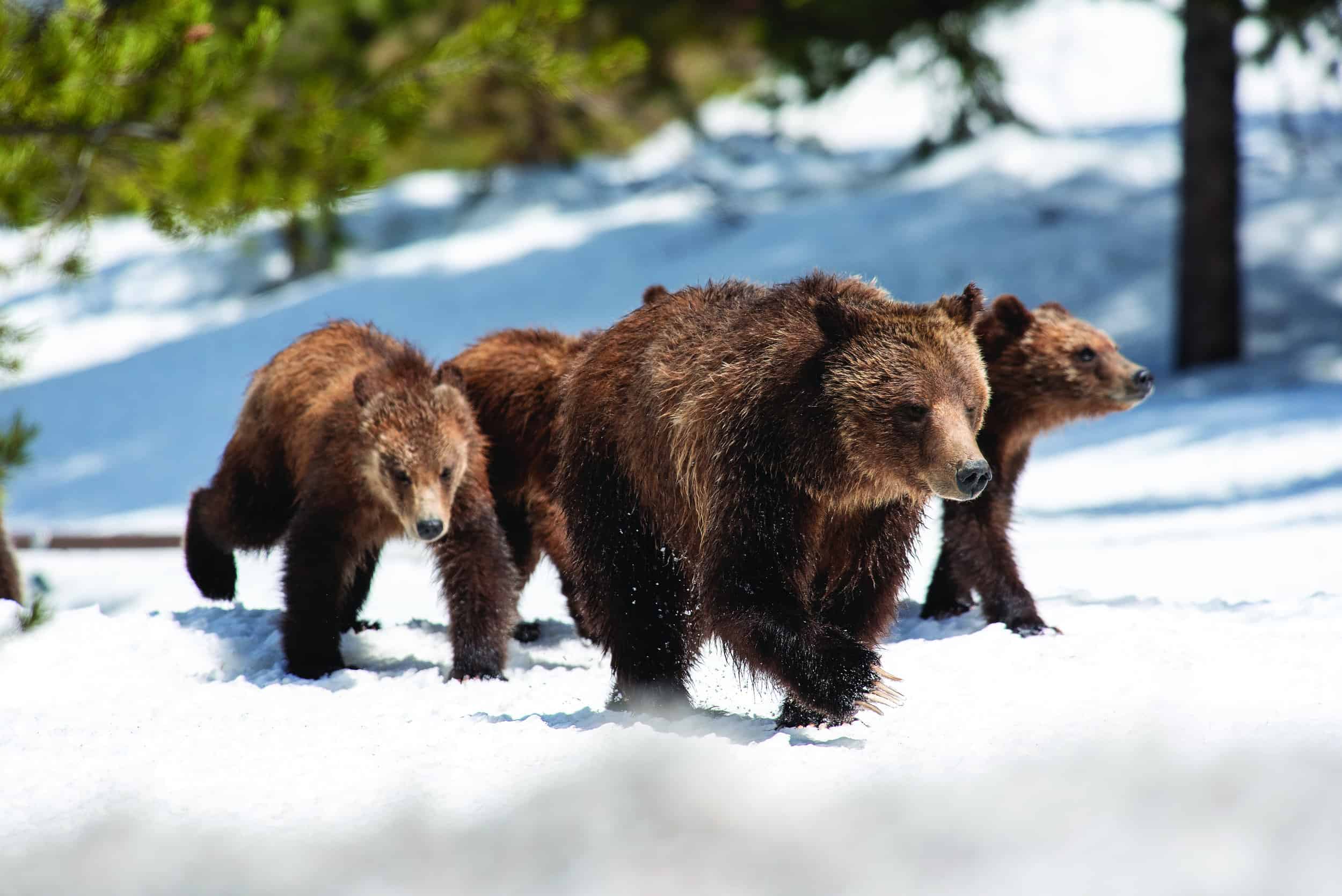Utah Governor Declares Day of Prayer and Fasting for Rain Amid Severe Drought
Introduction
Utah Governor Spencer Cox has proclaimed Sunday, June 29, as a “Day of Prayer and Fasting for Rain” to address the escalating drought and wildfire conditions in the state. This initiative aligns with the United Nations Sustainable Development Goals (SDGs), particularly SDG 6 (Clean Water and Sanitation), SDG 13 (Climate Action), and SDG 15 (Life on Land).
Background and Previous Actions
- In 2021, Governor Cox called for a weekend of prayer to combat water shortages.
- In 2023, following record snowfall, he declared a day of thanksgiving.
- Earlier this spring, a state of emergency was declared for 17 of Utah’s 29 counties due to drought conditions affecting 46% of the state.
Current Drought and Wildfire Situation
- Extreme drought conditions have expanded by more than 82% since early June.
- Approximately 380 wildfires have burned over 43,000 acres statewide.
- Human activity caused 275 of these wildfires.
- Nearly 80% of Utah is experiencing moderate to severe drought.
Governor’s Call to Action
Governor Cox emphasized the need for both spiritual and practical responses to the crisis:
- Invited all Utah residents, regardless of faith, to participate in a unified fast and prayer for rain on June 29.
- Encouraged water conservation measures such as fixing leaks, reducing lawn watering, and using water wisely.
- Engaged faith leaders statewide to promote the initiative within their congregations.
Official Statements and Forecasts
- The National Weather Service issued a drought statement highlighting water supply forecasts below 35% of average for the April-July runoff period in southwestern Utah.
- The Utah Department of Natural Resources stressed the importance of efficient water use and building drought resilience.
Alignment with Sustainable Development Goals
This initiative supports the following SDGs:
- SDG 6: Clean Water and Sanitation – Promoting water conservation and sustainable management of water resources.
- SDG 13: Climate Action – Addressing the impacts of climate change manifested through drought and wildfires.
- SDG 15: Life on Land – Protecting terrestrial ecosystems from wildfire damage.
Conclusion
Governor Cox’s declaration of a Day of Prayer and Fasting for Rain underscores the urgent need for collective action to mitigate drought impacts in Utah. By combining spiritual solidarity with practical water conservation efforts, the state aims to foster resilience and safeguard natural resources in line with global sustainable development objectives.
1. Sustainable Development Goals (SDGs) Addressed or Connected
- SDG 6: Clean Water and Sanitation – The article focuses on water shortages, drought conditions, and the need for water conservation in Utah.
- SDG 13: Climate Action – The article highlights drought and wildfire conditions, which are linked to climate change and environmental management.
- SDG 15: Life on Land – Wildfires burning large areas of land affect ecosystems and biodiversity.
- SDG 3: Good Health and Well-being – The impact of wildfires and drought on community health and safety is implied.
2. Specific Targets Under Those SDGs
- SDG 6 Targets:
- 6.4: By 2030, substantially increase water-use efficiency across all sectors to ensure sustainable withdrawals and supply of freshwater.
- 6.5: Implement integrated water resources management at all levels.
- SDG 13 Targets:
- 13.1: Strengthen resilience and adaptive capacity to climate-related hazards and natural disasters.
- 13.3: Improve education, awareness-raising and human and institutional capacity on climate change mitigation, adaptation, impact reduction, and early warning.
- SDG 15 Targets:
- 15.1: Ensure the conservation, restoration and sustainable use of terrestrial and inland freshwater ecosystems and their services.
- 15.3: Combat desertification, restore degraded land and soil.
- SDG 3 Targets:
- 3.9: Reduce the number of deaths and illnesses from hazardous chemicals and air, water and soil pollution and contamination.
3. Indicators Mentioned or Implied to Measure Progress
- Water Supply and Usage Indicators:
- Percentage of water supply relative to average runoff (e.g., “less than 35% of average for the April-July runoff period”).
- Water use efficiency measures such as fixing leaks and reducing lawn watering.
- Drought Severity Indicators:
- Percentage of state area under moderate to severe drought (e.g., “80% of the state is in moderate to severe drought”).
- Expansion rate of extreme drought conditions (e.g., “expanded by more than 82% since earlier this month”).
- Wildfire Impact Indicators:
- Number of wildfires (e.g., “380 wildfires have already burned more than 43,000 acres”).
- Percentage of wildfires caused by humans (e.g., “275 have been caused by humans”).
- Community Engagement Indicators:
- Participation in water conservation efforts and public awareness campaigns (implied by calls for practical action and prayer).
4. Table of SDGs, Targets, and Indicators
| SDGs | Targets | Indicators |
|---|---|---|
| SDG 6: Clean Water and Sanitation |
|
|
| SDG 13: Climate Action |
|
|
| SDG 15: Life on Land |
|
|
| SDG 3: Good Health and Well-being |
|
|
Source: sltrib.com







